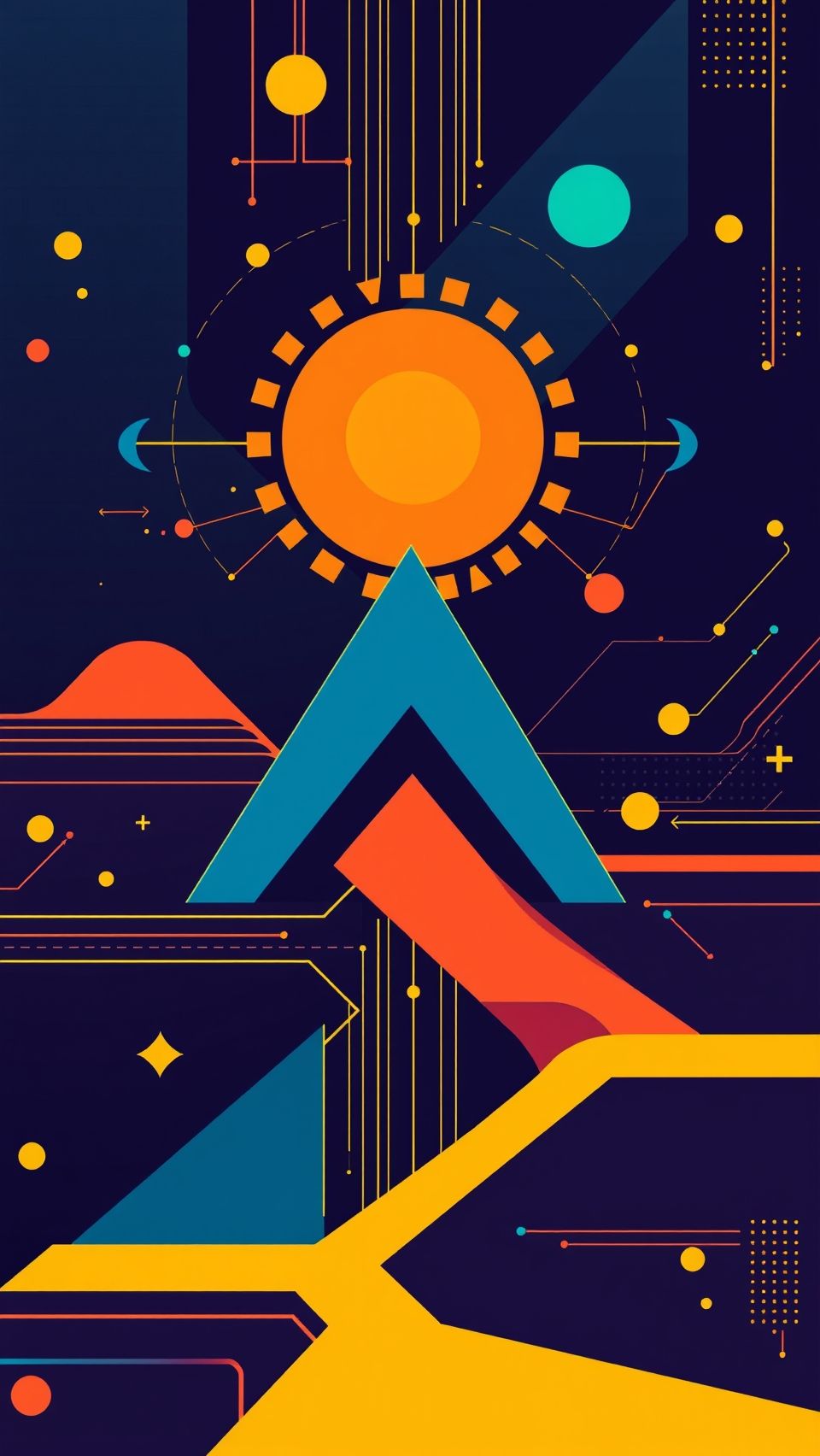Apple Revives Design Heritage At Iphone 17 Launch
Apple’s latest foray into the world of smartphones has brought back a sense of nostalgia for …
28. July 2025

Google’s Opal is a groundbreaking tool that enables users to build and share “mini apps” by simply describing what they want in plain English. This innovative approach to software development is part of a growing trend known as “vibe-coding,” which refers to the emerging class of tools that allow users to build software through natural language, rather than code.
The term “vibe-coding” was popularized by OpenAI’s Andrej Karpathy, who described it as a way for developers to create applications without needing extensive coding knowledge. This approach has gained significant attention in recent years, with various companies and startups developing their own no-code AI platforms.
Google’s Opal is an experimental tool that aims to make building AI-powered applications more accessible to everyone. The company’s product team describes it as “a new way to create with AI,” which empowers creators, innovators, and doers to build the tools they imagine by transforming simple prompts into powerful mini apps.
Opal offers a visual workflow editor that transforms a user’s prompt into a functioning app. Each step in the process, from input to output and generation, is mapped visually, making it easy to understand and modify. Users can tweak prompts, add features, or insert tools through a side panel. The tool provides a range of prebuilt demo apps that users can modify and extend, allowing them to easily customize and remix existing functionality.
One of the key benefits of Opal is its ease of use. Users can begin from a blank canvas or explore a gallery of prebuilt templates, which can be modified and extended to suit their needs. Once a user finishes building, the app can be shared instantly via a link. Others can access it using their own Google accounts.
The way Opal works is rooted in natural language processing (NLP). The tool uses machine learning algorithms to understand the user’s prompt and generate a visual workflow that represents the desired functionality. This process is seamless and intuitive, allowing users to focus on building without getting bogged down in technical details.
Google’s decision to launch Opal as part of its AI efforts reflects the company’s commitment to democratizing access to software development. By making it easier for people with ideas but no programming background to build apps, Google aims to level the playing field and create a more inclusive tech ecosystem.
The rise of no-code AI platforms is drawing significant attention from investors and users alike. Last week, Lovable, an eight-month-old Swedish AI startup focused on no-code app creation, became a unicorn after closing a $200 million Series A round led by Accel, valuing the company at $1.8 billion.
Another standout in this space is Cursor, developed by a lean team at Anysphere. The company hit $100 million in annual recurring revenue (ARR) in January 2025, and that number had doubled by March. With Opal, Google is signaling a long-term bet on natural language interfaces as the future of software development.
While Opal is still in experimental beta, Google plans to refine it based on user feedback. For now, it’s limited to the US, but a wider rollout could happen if the tool gains traction. Although Opal isn’t yet suited for full-scale commercial apps, it opens doors for faster prototyping and internal tool-building, suggesting that the future of app development may not require coding at all.
The potential implications of this trend are significant. With no-code AI platforms like Opal becoming more accessible, developers can focus on building innovative applications rather than getting bogged down in technical details. This shift could democratize access to software development, enabling people from diverse backgrounds and skill levels to contribute to the creation of apps and tools that shape our world.
Google’s Opal is an exciting step forward in this journey. By embracing vibe-coding and natural language interfaces, the company is paving the way for a more inclusive and accessible tech ecosystem. As users begin to explore the possibilities of no-code AI platforms, it will be fascinating to see how they use these tools to build innovative applications that change the world.
As we move forward, it will be essential to monitor the progress of no-code AI platforms like Opal and other vibe-coding tools. With their potential to disrupt traditional software development workflows, these platforms are set to have a profound impact on the way we build and use apps in the years to come.
The future of software development is unfolding at a rapid pace, with no-code AI platforms like Opal playing a significant role in shaping this future. By empowering creators, innovators, and doers to build the tools they imagine, Google’s Opal is poised to democratize access to software development and create a more inclusive tech ecosystem.
As we continue to explore the possibilities of no-code AI platforms like Opal, it’s clear that the future of software development is unfolding at a rapid pace. With its ease of use, visual workflow editor, and prebuilt demo apps, Opal has the potential to revolutionize the way we build and use apps.